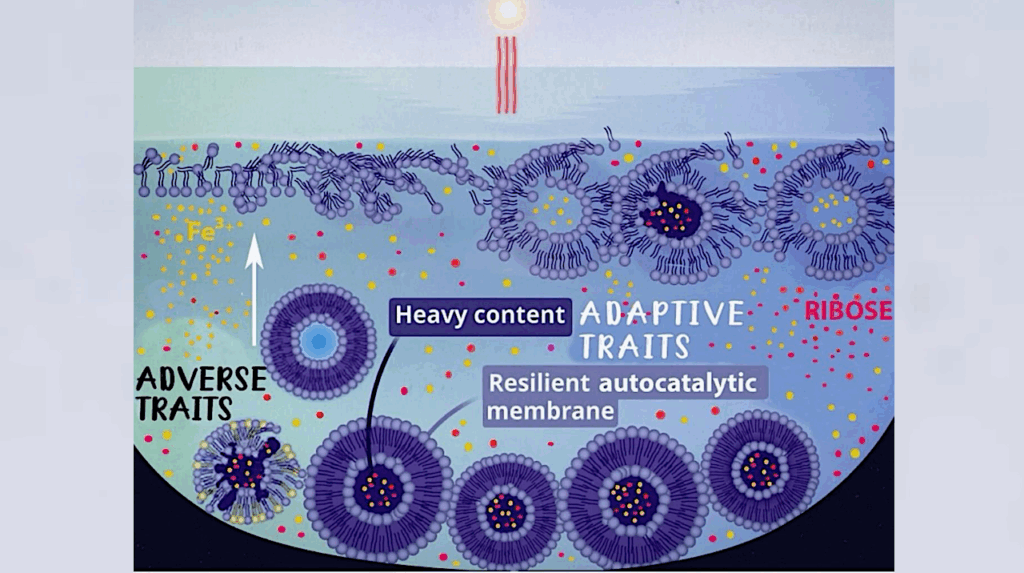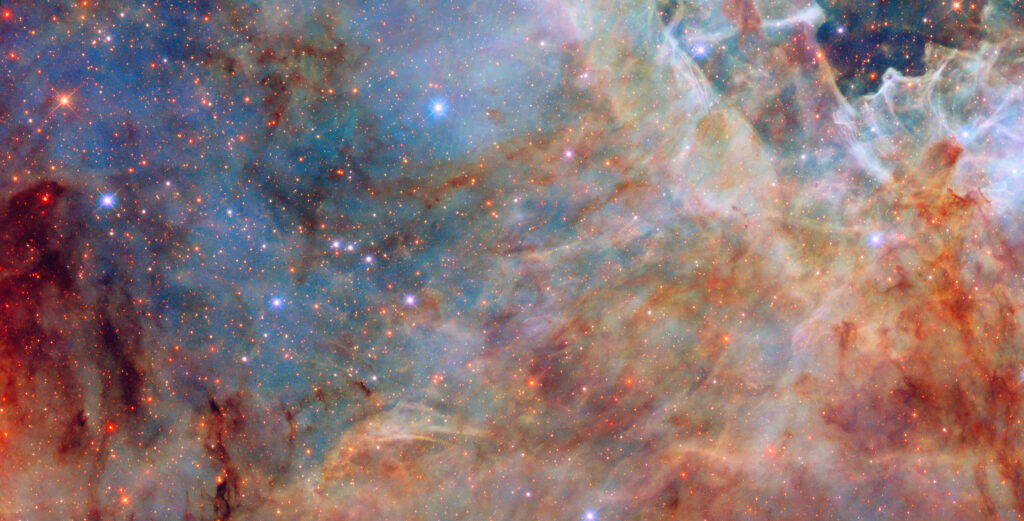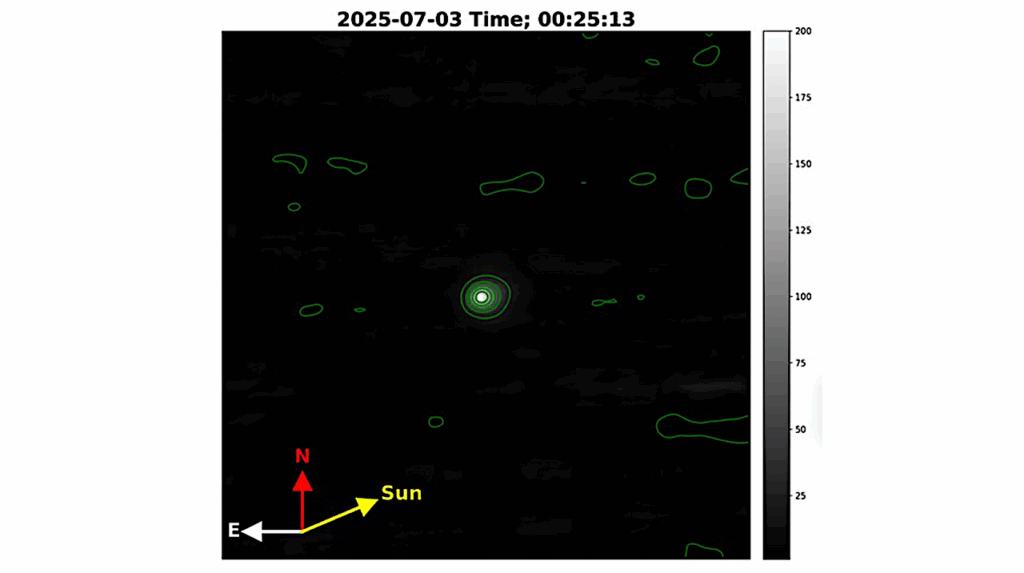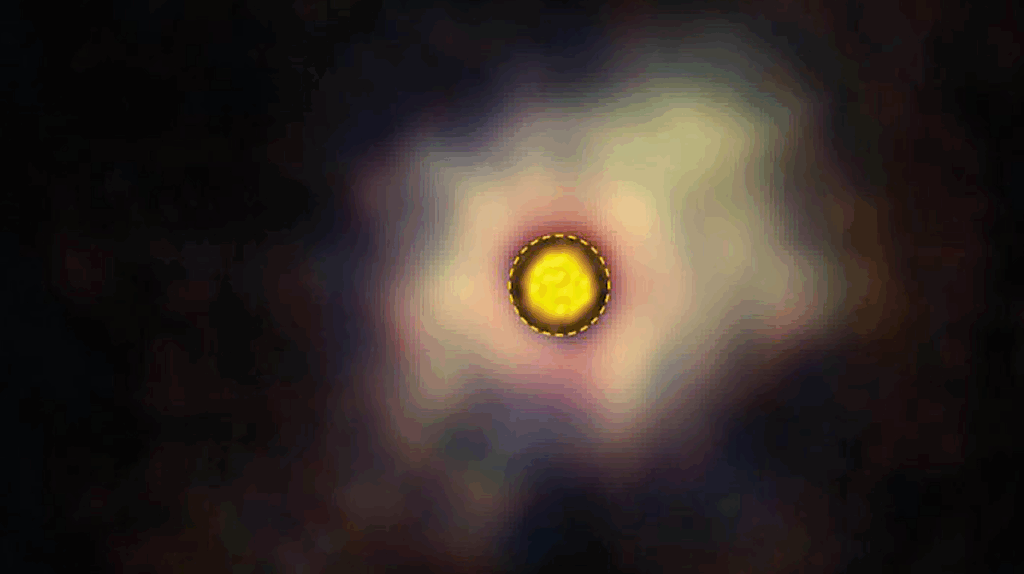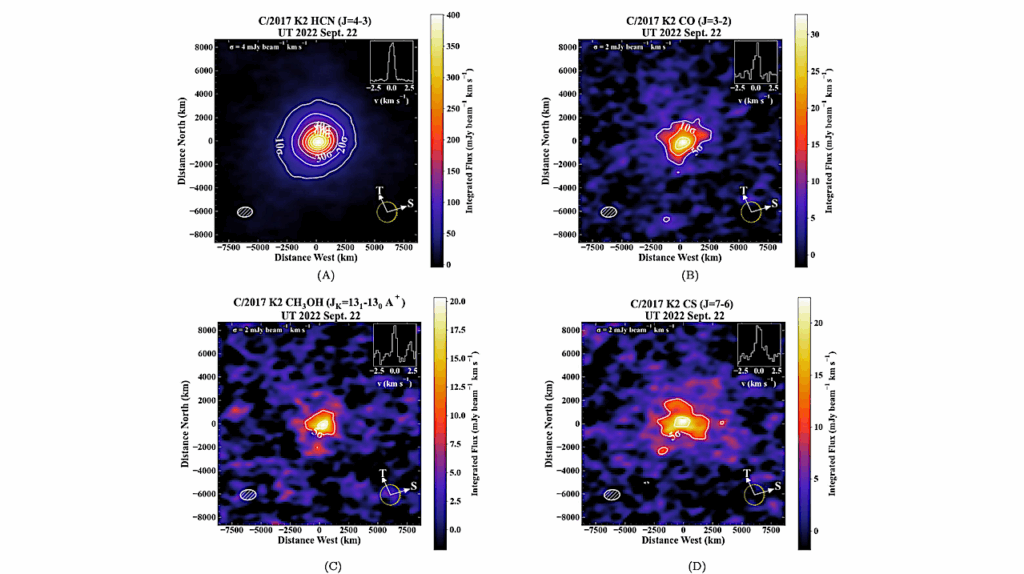Revised Gas-phase Formation Network Of Methyl Cyanide: The Origin Of Methyl Cyanide And Methanol Abundance Correlation In Hot Corinos

Methyl cyanide (CH3CN) is one of the most abundant and widely spread interstellar complex organic molecules (iCOMs). Several studies found that, in hot corinos, methyl cyanide and methanol abundances are correlated suggesting a chemical link, often interpreted as a synthesis of them on the interstellar grain surfaces.
In this article, we present a revised network of the reactions forming methyl cyanide in the gas-phase. We carried out an exhaustive review of the gas-phase CH3CN formation routes, propose two new reactions and performed new quantum mechanics computations of several reactions. We found that 13 of the 15 reactions reported in the databases KIDA and UDfA have incorrect products and/or rate constants.
The new corrected reaction network contains 10 reactions leading to methyl cyanide. We tested the relative importance of those reactions in forming CH3CN using our astrochemical model. We confirm that the radiative association of CH3+ and HCN, forming CH3CNH+, followed by the electron recombination of CH3CNH+, is the most important CH3CN formation route in both cold and warm environments, notwithstanding that we significantly corrected the rate constants and products of both reactions. The two newly proposed reactions play an important role in warm environments.
Finally, we found a very good agreement between the CH3CN predicted abundances with those measured in cold (∼10 K) and warm (∼90 K) objects. Unexpectedly, we also found a chemical link between methanol and methyl cyanide via the CH+3 ion, which can explain the observed correlation between the CH3OH and CH3CN abundances measured in hot corinos.
Lisa Giani, Cecilia Ceccarelli, Luca Mancini, Eleonora Bianchi, Fernando Pirani, Marzio Rosi, Nadia Balucani
Comments: 24 pages, 19 figures, accepted in MNRAS
Subjects: Astrophysics of Galaxies (astro-ph.GA); Solar and Stellar Astrophysics (astro-ph.SR)
Cite as: arXiv:2309.12745 [astro-ph.GA] (or arXiv:2309.12745v1 [astro-ph.GA] for this version)
Submission history
From: Lisa Giani
[v1] Fri, 22 Sep 2023 09:45:13 UTC (3,302 KB)
https://arxiv.org/abs/2309.12745
Astrobiology, Astrochemistry


